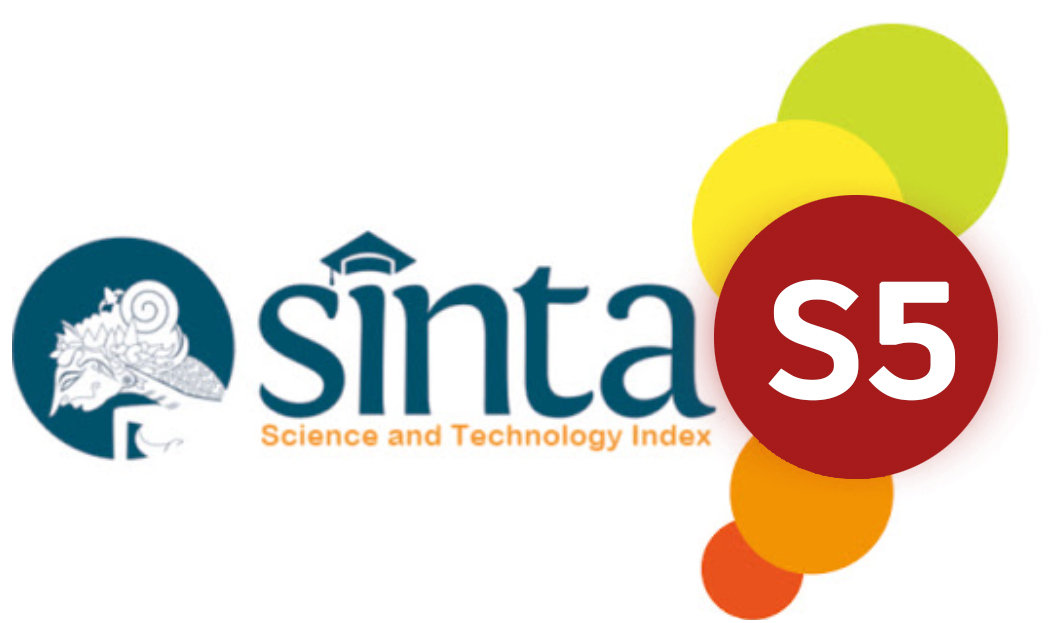Efektivitas Model Pembelajaran Blended Learning Terhadap Motivasi dan Kemampuan Pemecahan Masalah pada Materi Peluang
Abstract
The objectives of this study are: (1) to find out whether the motivation of students who use the Blended Learning model is better than the motivation of students who use conventional learning models and (2) To determine whether students' problem-solving abilities of those who use the Blended Learning model are better than the problem-solving abilities of students who use the conventional learning model. This research method uses quantitative research with the type of experimental research. The population in this study was all class IX SMP Negeri 33 Purworejo school year 2021/2022 totaling 214 students. The sampling technique used random cluster sampling so that class IX D was chosen as the experimental class and class IX F as the control class. The results of the hypothesis test of the difference in the mean of the two groups were obtained, and H0 was accepted. This means that the motivation and problem-solving ability in the experimental class is the same as the motivation and problem-solving ability in the control class. Therefore, it can be concluded that (1) the learning motivation of students who use the Blended Learning learning model is not better than the learning motivation of students who use the conventional learning model (2) the problem-solving ability of students who use the Blended Learning learning model is not better than the motivation and ability of students who use the Blended Learning model student problem solving using conventional learning models.
References
Asrori. 2020. Psikologi Pendidikan Pendidikan Pendekatan Multidisipliner. Purwokerto: CV. Pena Persada.
Abdullah, W. 2018. Model Blended Learning dalam Meningkatkan Pembelajaran. Jurnal Pendidikan dan Manajemen Islam. Vol. 7 No. 1.
Chairani, Z. 2016. Metakognisi Siswa dalam Pemecahan Masalah Matematika. Yogyakarta: Deepublish.
Elya, A. 2019. Efektivitas Model Pembelajaran Quantum Learning terhadap Motivasi dan Kemampuan Pemecahan Masalah pada Materi Ruang Dimensi Tiga Siswa Kelas XI SMK Negeri 1 Pakis Aji Jepara Tahun Pelajaran 2017/2018. Skripsi, tidak diterbitksn. Universitas Islam Negeri Walisongo Semarang.
Hidayat, W. & Ratna, S. 2018. Kemampuan Pemecahan Masalah Matematis dan Adversity Quotient Siswa SMP Melalui Pembelajaran Open Ended. Jurnal Nasional Pendidikan Matematika. Vol. 2, No. 1.
Ningsih, Y. L. Misdalina. & Marhamah. 2017. Peningkatan Hasil Belajar dan Kemandirian Belajar Metode Statistika Melalui Pembelajaran Blended Learning. Jurnal Pendidikan Matematika. Vol. 8 No. 2.
Priarti, M., Erna, M., & Siti, N. 2020. Persepsi Peserta Didik terhadap PJJ Pada Masa Pandemi Covid-19. Faktor Jurnal Ilmiah Kependidikan. Vol. 7 No. 2.
Purwoko, R. Y. (2017). Urgensi Pedagogical Content Knowledge Dalam Meningkatkan Kualitas Pembelajaran Matematika. Jurnal Pendidikan Surya Edukasi, 3(2), 42–55. https://doi.org/10.37729/jpse.v3i2.4338
Purwoko, R. Y., Nugraheni, P., & Instanti, D. (2019). Implementation Of Pedagogical Content Knowledge Model In Mathematics Learning For High School. Journal of Physics: Conference Series, 1254(1), 1–6. https://doi.org/10.1088/1742-6596/1254/1/012079
Sudana, I. W. 2021. Meningkatkan Motivasi dan Hasil Belajar Siswa Menggunakan Metode Blended Learning Melalui Google Classroom. Indonesian Journal of Educational Development. Vol. 2 No. 1.
Suprihatin, S. 2015. Upaya Guru dalam Meningkatkan Motivasi Belajar Siswa. Jurnal Pendidikan Ekonomi UM Metro. Vol. 3, No. 1.






